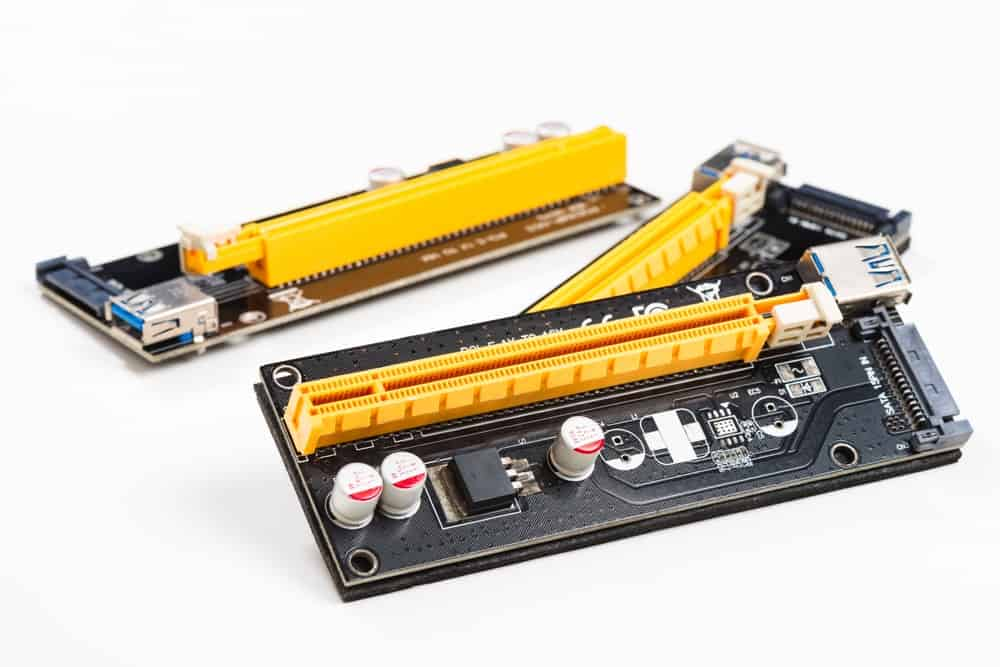I. What is a card edge connectors?
A Card edge connector, belong to the subcategory of board-to-board connectors. When the edge of the PCB, usually equipped with gold fingers, is inserted into the connector, these metal contacts form a reliable electrical connection that enables communication and power flow between the PCB and the connecting system, and this type of connector provides a cost-effective, durable and robust solution.
Card Edge connectors provide a fast method of connecting/disconnecting single-sided, double-sided or multi-layer printed circuit boards, which requires that the card edge connector maintains good contact pressure in harsh environments as well as after multiple insertions and withdrawals or shock and vibration, minimizing PCB pad wear. Card Edge connectors are available in a wide range of configurations and can be customized for countless applications. You can find the card edge connectors you need at KONNRA Connectors.
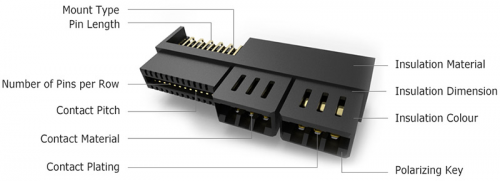
II. What are the types of card edge connectors?
There are several types of card edge connectors, each suitable for a different application. Some of the common types are described in detail below:
1. PCI Card Edge Connectors
These connectors are used in computers to connect expansion cards (such as graphics cards or network cards) to the motherboard. They have multiple metal contacts to facilitate data and power transfer.
2. SIM Card Edge Connectors
Used in cellular phones to secure and connect the SIM card. These connectors play a vital role in transferring user identity and data within the mobile network.
3. Phone Battery Connectors
Used to connect the cell phone battery to its circuit board, ensuring a stable and reliable power interface with a solid edge.
4. Printer Connectors
Connects the print head or circuit board to the printer slot. They are equipped with multiple contacts to handle exclusive transmission of print data and power signals.
5. Monitor Connectors
Connects the circuit board of a monitor to a video source such as a computer graphics card. Common types include VGA (Video Graphics Array), DVI (Digital Video Interface), HDMI (High Definition Multimedia Interface) and DisplayPort.
6. Embedded System Connectors
Used for various embedded systems, such as industrial control equipment, automation equipment, medical instruments, etc., to connect the internal circuit board.
III. How do card-edge connectors work?
The operation of a card-edge connector involves a few simple but critical steps:
Insertion: The PCB is inserted into the connector slot, aligning the conductive traces on its edge with the contacts inside the connector.
Contact: Once fully inserted, the metal contacts of the connector touch the conductive traces of the PCB to establish an electrical connection.
Retention: The connector holds the PCB securely in place, often with the aid of a locking mechanism or clamp, ensuring a stable connection.
Signal Transmission: Electrical signals or power are transmitted through these contacts, facilitating communication between the PCB and external devices.
Disconnect: PCBs can be easily removed or replaced by simply unplugging them from the connector, eliminating the need for complicated tools.
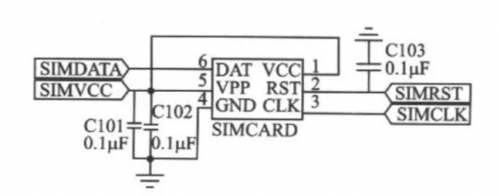
IV. What are the contacts of the card edge connector?
Card edge connector contacts are usually metal, and coated with metal plating to improve conductivity and corrosion resistance. Its gold plating layer is generally gold-plated contacts, there are also gold-plated (the entire terminal including pins are gold-plated). The thicker the gold plating, the better the oxidation resistance. These coatings can improve performance and service life.
V. What is the role of card-edge connectors?
Card Edge Connectors play a variety of key roles in electronic systems:
Connection Interface: They simplify the creation of electrical connections by providing accessible interfaces for connecting PCBs to external components or systems.
Expandability: These connectors support modular expansion, allowing new modules or cards to be added to a system to enhance functionality or capacity.
Signal Transmission: They ensure efficient transmission of various signals (digital, analog, and power) between the PCB and connected devices, which is critical for seamless system operation.
Mechanical Support: In addition to electrical connections, they provide physical support to hold the PCB in place and reduce the risk of disconnection or damage due to vibration or physical stress.
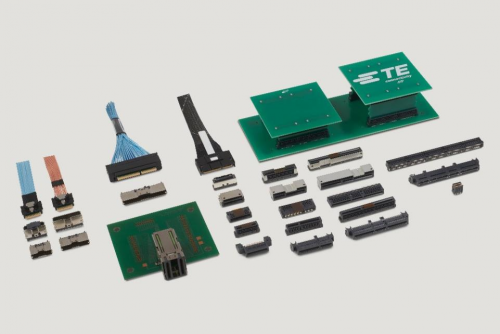
VI. The applications and requirements for Card Edge Connectors
Card Edge Connectors are versatile and can be used in a variety of applications including computing, telecommunications and medical devices. In computing, they connect expansion cards, memory modules or data acquisition cards to high-speed interfaces such as PCIe. In medical applications, they support complex calculations and data analysis, such as blood analyzers or advanced patient monitoring systems.
Key Requirements:
High performance: Especially in medical devices, connectors must meet stringent performance standards. Thick gold plating on the contacts ensures durability and consistent conductivity.
Resilience: In high vibration environments, they must withstand friction, corrosion and potential exposure to corrosive substances.
Reliability: Card-edge connectors need to provide reliable performance, minimizing the risk of connection failure in critical applications.
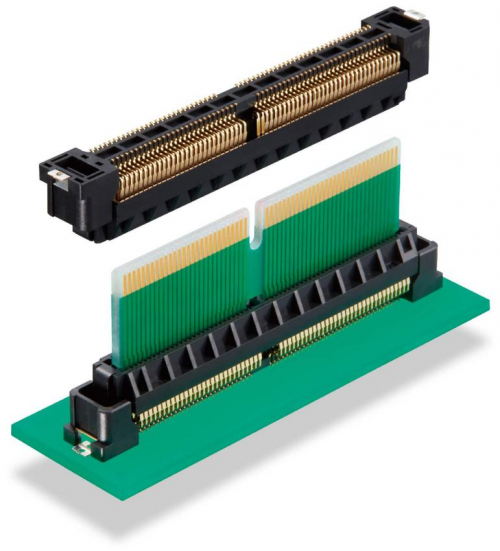
VII. How to selecting the right card edge connector?
Selecting the right card-edge connector requires consideration of the following aspects:
Application requirements: Determine the connector type based on the specific needs (e.g. data transmission or power connection).
Contact quality: Select connectors with high-quality contacts to ensure reliable signal transmission and longevity.
Mechanical design: Select connectors with robust housings and alignment features for a secure and stable connection.
Compliance: Ensure that the connector complies with relevant industry standards (e.g. RoHS) to ensure safe and environmentally friendly use.
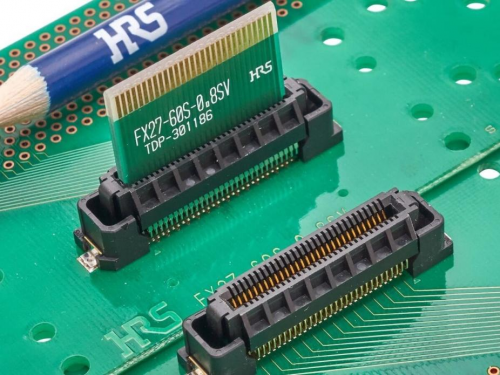
VIII. Advances in Card Edge Connector Technology
The evolution of card-edge connectors continues to meet the growing demands of modern electronics. Innovations include:
Higher pin counts: increasing the number of pins to accommodate more complex systems and enhance connectivity.
Enhanced Materials: Using advanced materials to improve durability, conductivity and resistance to environmental factors.
Miniaturization: Developing smaller connectors to fit increasingly compact electronic devices without sacrificing performance.
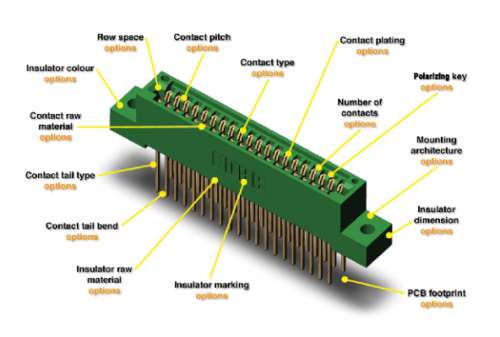
Ⅸ. Future Trends in Card Edge Connectors
Looking ahead, the future looks bright for card-edge connectors, driven by technological advances and evolving market needs:
Integration with IoT devices: As the Internet of Things (IoT) expands, card-edge connectors will play a key role in connecting a wide range of smart devices and sensors, facilitating seamless data exchange and control.
Support for Higher Data Rates:As the need for faster data transfer continues to grow, connectors will be designed to handle higher data rates to support next-generation computing and communications technologies.
Eco-friendly design:The growing emphasis on sustainability will drive the development of eco-friendly connectors, utilizing recyclable materials and energy-efficient manufacturing processes.
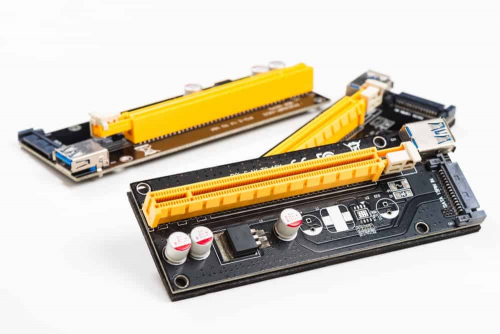
Card-edge connectors are indispensable in modern electronics, providing the necessary interface to connect PCBs to external devices and systems. Available in a variety of types tailored to specific applications, they offer flexibility, reliability and efficient performance. Whether they are used in computing, telecommunications or medical devices, card-edge connectors play a key role in ensuring efficient communication and power transfer. As technology continues to evolve, card-edge connectors will adapt to new challenges and opportunities, supporting the growth and innovation of electronic systems. If you’re having trouble choosing the right connector, KONNRA Connectors can help!
